- Home›
- Healthy Living›
- Top 5 Waterborne Illnesses And How To Prevent Them
Top 5 Waterborne Illnesses And How To Prevent Them
By: Priyanka Maheshwari Mon, 24 Apr 2023 1:49:17
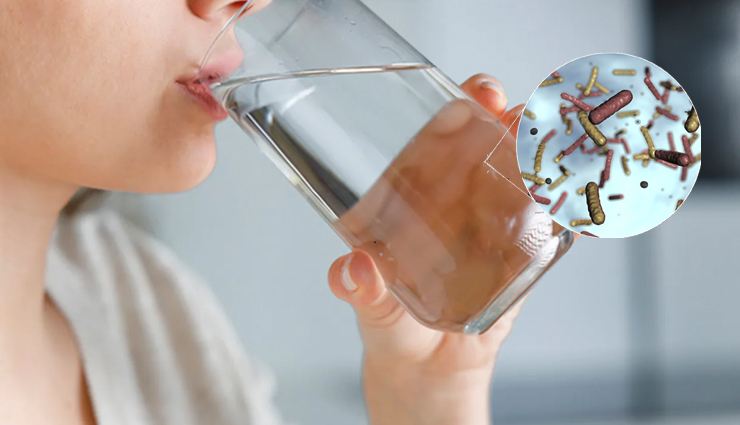
Water is the center of human existence and is utilised in every cell of the human body. It carries oxygen, wastes, and nutrients to and from your organs and cells. It regulates the temperature of your body, cushions your joints, protects your organs and tissues from damage. Besides, it also acts as a lubricant for your mouth, joints, digestive system in saliva, in your throat, nose, stomach, and eyes as mucus. Not only this, it also helps in the absorption of food, digestion, and waste excretion from your body.
It is clear that all our lives revolve around this particular element of nature. However, people in the developing world fail to gain access to safe water to carry out their daily activities. When water is contaminated with disease-causing microorganisms or pathogens, they cause waterborne diseases. It must also be noted that several waterborne pathogens may be acquired by the consumption of contaminated beverages or food, through contact with their environment. Microbes breeding on unhygienic conditions end up causing disease breakouts, ultimately affecting an entire community. Hence, it is imperative to keep our environment clean by practising proper hygiene. Read on to know more about the several kinds of waterborne diseases, their symptoms, and prevention procedures.
Here are 5 major waterborne diseases which are quite common in India:
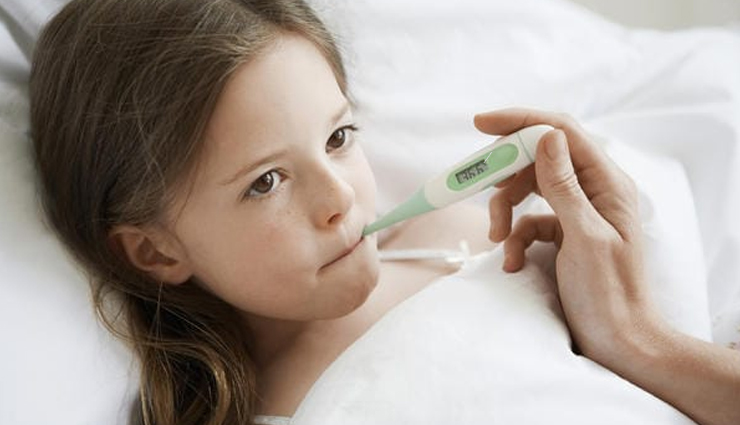
Typhoid
Typhoid is a very common waterborne disease which is caused by the bacterium Salmonella Typhi. It is frequently seen in places of poor personal hygiene. As per reports, about 497 out of every 1 Lakh children in our country are infected with this bacteria, ultimately suffering from typhoid. Rural areas with poor sanitation facilities face a much higher risk of this disease. However, it becomes relatively more common even in the urban cities during the monsoon season.
The consequences of typhoid fever can even prove to be fatal if the patients are not treated properly and timely. About 1 in every 5 cases related to typhoid fever can prove to be fatal. Faeces and urine of the people infected with this disease are the major carriers of the bacterium Salmonella Typhi. It may also be passed through contaminated drinking water and food, thereby making it a highly contagious waterborne disease.
Symptoms
Once infected, it is very important that you get yourself treated on time. Hence, you must look out for the following symptoms for early diagnosis and timely treatment:
- Extreme weakness
- High fever
- Diarrhoea
- Muscle pain
- Loss of appetite
- Cough
- Constipation
- Weight loss
- Abdominal pain
- Red spots on the skin
The symptoms of typhoid fever are not immediately visible. This is so because the Salmonella Typhi bacteria penetrates through the mouth into the intestine. After a span of about one to three weeks, it enters the bloodstream through the intestinal wall. After entering the bloodstream, it passes on to various other organs, and that’s when the symptoms of this disease start becoming noticeable.
Prevention
Major reason for the retention of typhoid fever is that the immune system of your body fails to fight against the bacterium. Since the Salmonella Typhi bacteria resides within your cells, our immune system finds it difficult to attack it. Hence, preventing this disease is the foremost step you must take in order to combat its prevalence.
Few ways to prevent the typhoid fever are as follows:
- Consume purified water
- Disinfectant your fruits and vegetables before consuming
- Wash your hands thoroughly before and after eating food
- Avoid unhygienic food
There are two kinds of vaccines available for this disease: injectable and oral vaccines. The former is provided to the children with less than 2 years of age while the latter is given to kids who are less than 6 years of age.
Although prevention is the key, sometimes, it can get difficult to stop yourself from contracting certain waterborne diseases. The treatment procedures of these diseases may prove to be financially draining. In such cases, you can buy health insurance for your financial coverage. You can also copay in health insurance, implying that you will only have to bear a certain percentage of the claim amount at the time of your claim. This will help you reduce your financial burden and focus on your recovery journey completely.
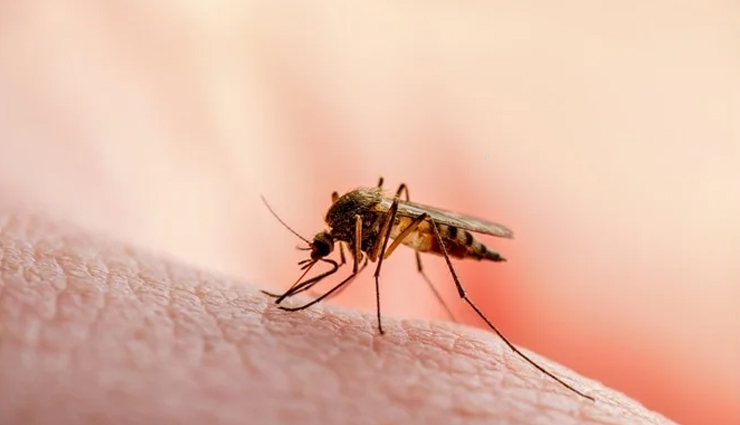
Malaria
Caused by the plasmodium parasites, Malaria is transmitted by the female mosquito named Anopheles which breeds on unclear, stagnant water bodies such as sewage drains and lakes. When you get bitten by a carrier mosquito, the plasmodium parasite penetrates into your bloodstream. It then reaches your liver where the production of the red blood cells takes place. The parasite then attacks those red blood cells, after which they burst open, ultimately leading to the onset of this disease. As per WHO, about 15 million cases related to malaria get reported in India each year. Proper maintenance of public water bodies and sewage systems can bring down the occurrence of this disease significantly.
Symptoms
Some symptoms of malaria are as follows:
- Diarrhoea
- High fever
- Vomiting and nausea
- Muscle weakness and pain
- Continuous sweating
- Abdominal pain
- Bloody stools and convulsions
- Headaches
Prevention
Here are 5 ways to prevent malaria:
- Put screens on doors and windows
- Drape your beds with mosquito nets
- Apply mosquito repellents on your exposed body parts
- Cover your skin
- Treat your mosquito nets, clothes, sleeping bags, tents, and other fabrics with permethrin, an insect repellent
Malaria is treated with a series of medications and drugs as prescribed by the healthcare professional. Practising safe hygiene protocols can help a great deal to prevent this disease.
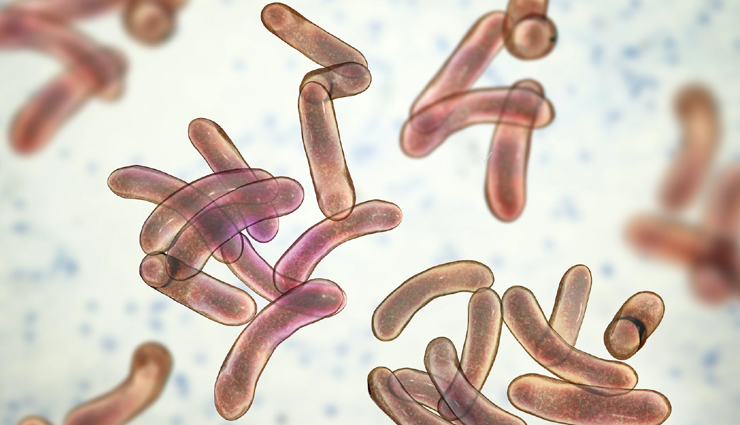
Cholera
Cholera is another waterborne disease caused by the bacteria Vibrio Cholerae. It is commonly spread through faeces and contaminated food. As per reports, there are approximately 4 million cases of this disease every year. India still has various active cases of cholera. However, cholera is not a communicable disease.
Cholera can be contracted through the consumption of the following:
- Uncooked or raw fish found in contaminated water
- Contaminated ice
- Roadside food
- Vegetables grown in unhygienic conditions
Symptoms
Being a waterborne disease, cholera is quite virulent and can sometimes prove to be fatal. It reaches the intestine after getting ingested in a person’s body, after which it begins to produce toxins which ultimately lead to diarrhoea.
Some common symptoms of this disease comprise the following:
- Vomiting and nausea
- Feeling thirsty
- Muscle cramps
- Abdominal Pain
- Loose stools which are of rice water’s colour
Prevention
Here are a few prevention measures you can take to avoid getting diagnosed with cholera:
- Consume thoroughly cooked food
- Consume bottled or disinfected water
- Peel your fruits before eating
- Eat foods from places which follow proper hygiene practices
- Wash your hands thoroughly and frequently, especially after going to the toilet or before and after eating
Staying hydrated by drinking ORS solutions and lots of water consuming intravenous fluids, zinc supplements and antibiotics, can help treat cholera.
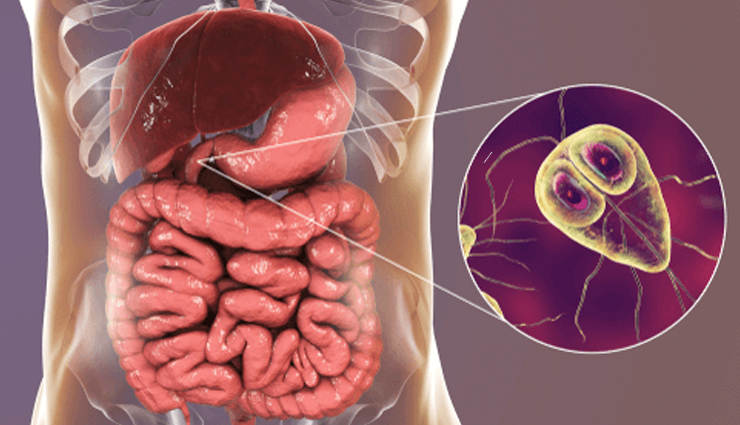
Giardiasis
Caused by Giardia Lamblia, Giardiasis is a parasitic infection which spreads through a faeco-oral contamination route, ultimately affecting the small intestine. Consumption of contaminated drinking water or foods can also result in the contraction of this disease. India and other places with poor sanitation facilities are the breeding grounds of this parasitic infection.
Majorly found in animal and human faeces, Giardiasis is quite common. Water bodies are a very common infection point of this waterborne disease.
Symptoms
Here are a few symptoms of Giardiasis:
- Vomiting and nausea
- Loss of appetite
- Diarrhoea
- Weight loss
- Fatigueness
- Headache
- Abdominal Pain
Prevention
Here are a few preventive measures you can take to avoid the contraction of Giardiasis:
- Wash your hands thoroughly
- Practise safe sex
- Disinfect and clean anything that you consume
- Eat from places which follow proper hygiene practices
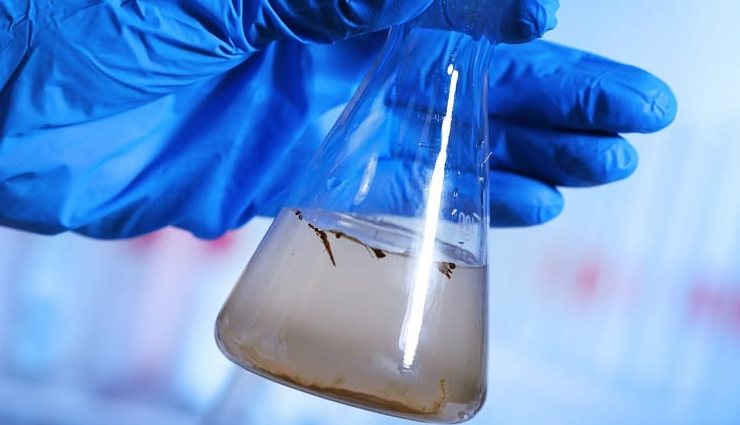
Amoebic Dysentery
Amoebic dysentery is another common waterborne disease which spreads through the consumption of contaminated water and food, as well as through contact with faeces. Being an intestinal infection, this disease results in intestinal inflammation, diarrhoea, and severe abdominal pains. The appearance of mucus and blood in the stools is also quite common and this disease may last up to 7 days.
Symptoms
Here are few of the common symptoms of Amoebic Dysentery:
- Fever
- Fatigue
- High fever
- Bloody stools
- Intermittent constipation
- Abdominal pain
- Vomiting and nausea
- Excessive thirst
Prevention
You can avoid the risks of contracting amoebic dysentery by following the preventive measures as mentioned below:
- Wash your hands regularly with soap
- Avoid sharing your towels
- Wash the clothes of an infected individual with hot water
Additionally, if you are travelling to a place where there is a high risk of contracting dysentery, you must follow these precautions:
- Don’t consume local water
- Consume disinfected water
- Don’t put the tap water into your mouth
- Peel your fruits and vegetables before consuming them
- Don’t consume ice which may have been made of unclean water
- Avoid food and drinks which are sold by the local vendors
A stool and blood test is more than enough to confirm amoebic dysentery. Follow the rehydration methods as suggested by your doctor to regain all the fluids that you lose during your illness. You may also be recommended to consume antibiotics and OTC medications, if necessary.
Final Word
Clean water is extremely necessary for the wellbeing of the public and must be prioritised by organisations and governments worldwide. Several waterborne diseases can be transmitted through contaminated water sources, hence, it is essential to prevent their contraction by maintaining proper sanitation standards. Educating the public about the risks, promoting hygiene practices, and developing sanitation infrastructure are few steps we can take to reduce the risks of waterborne diseases.





